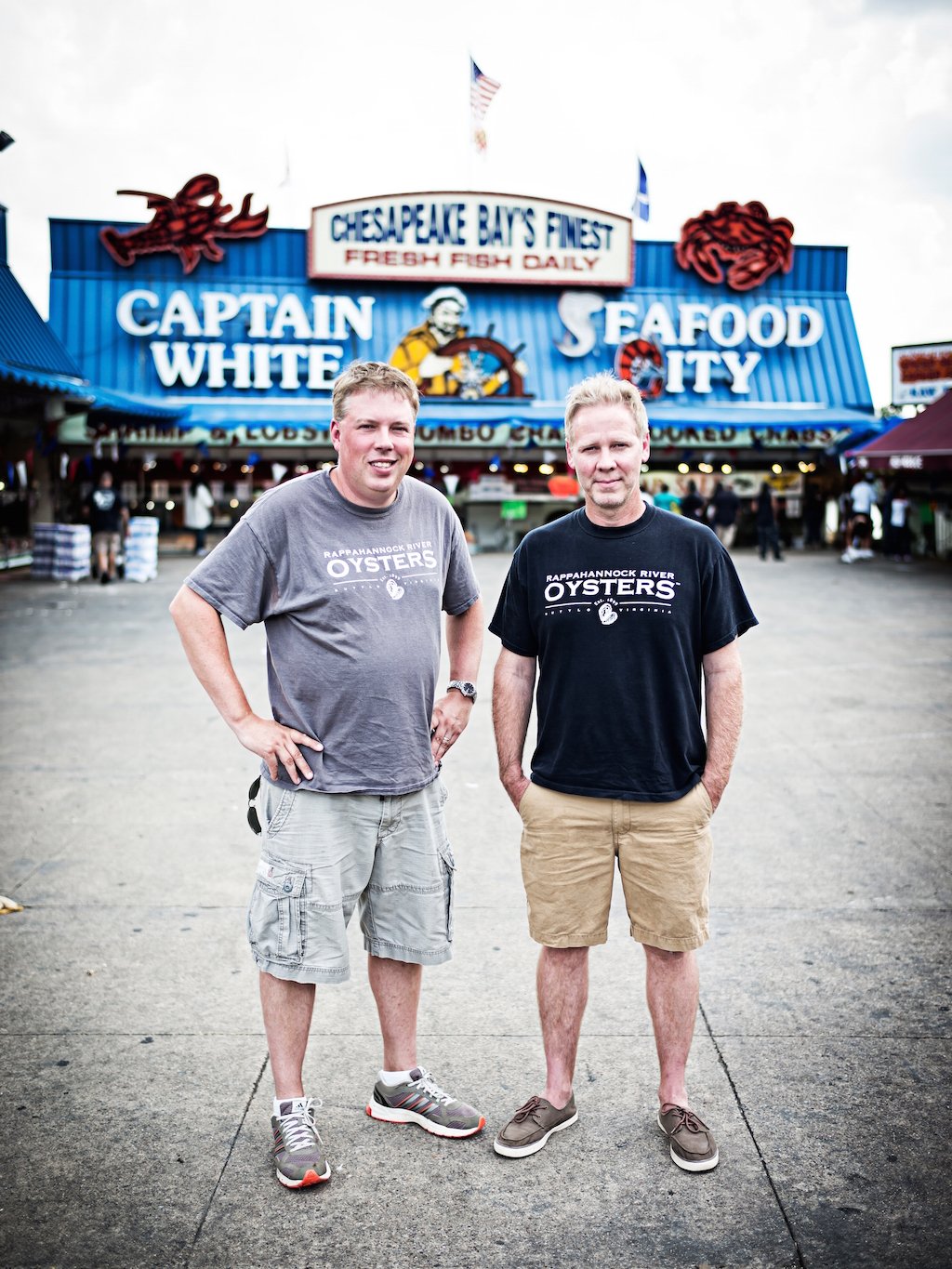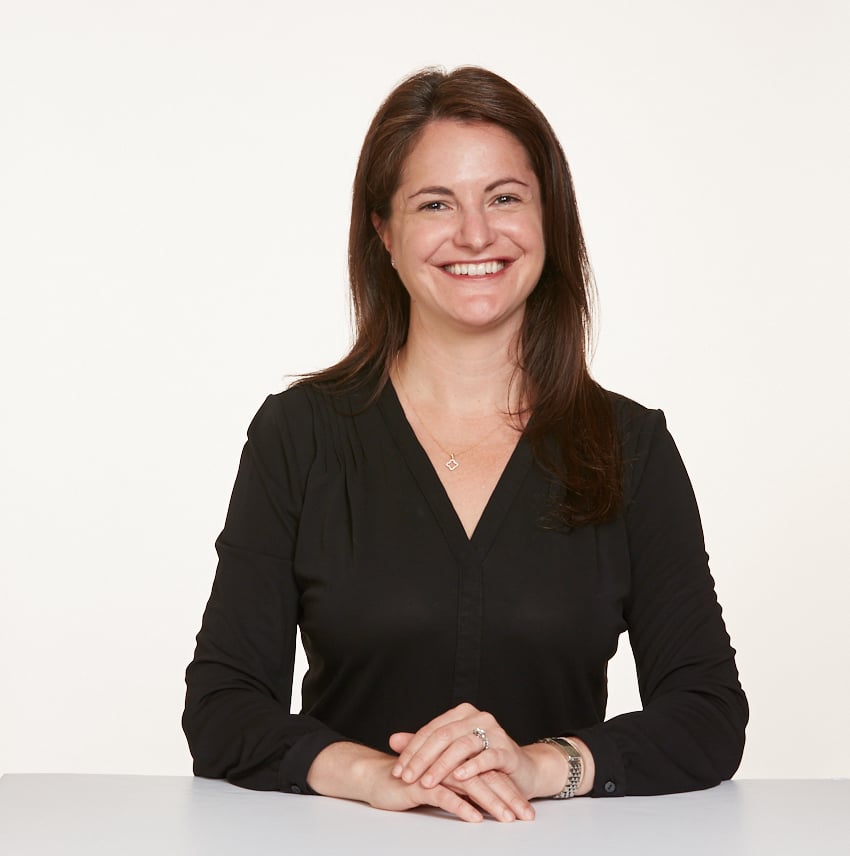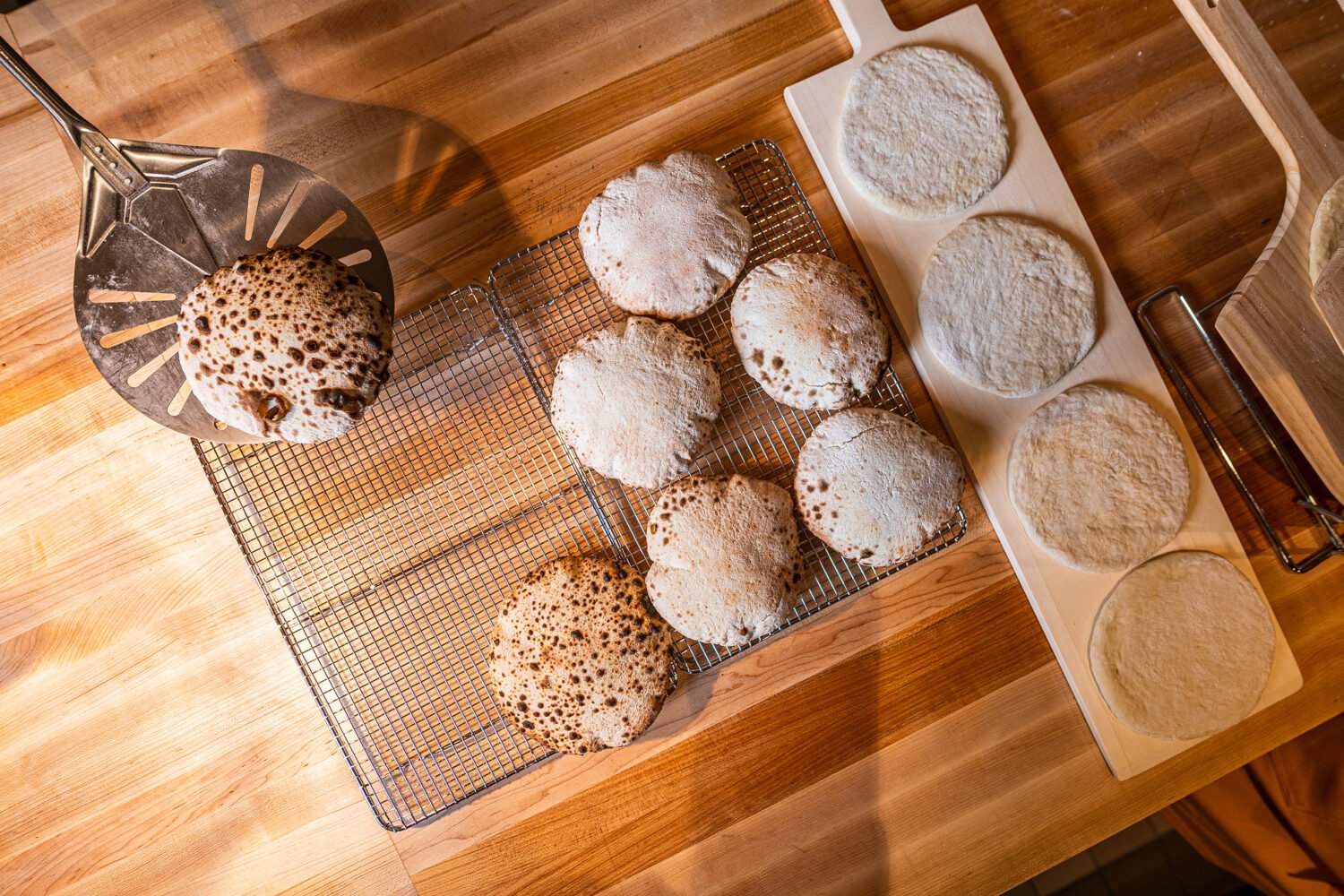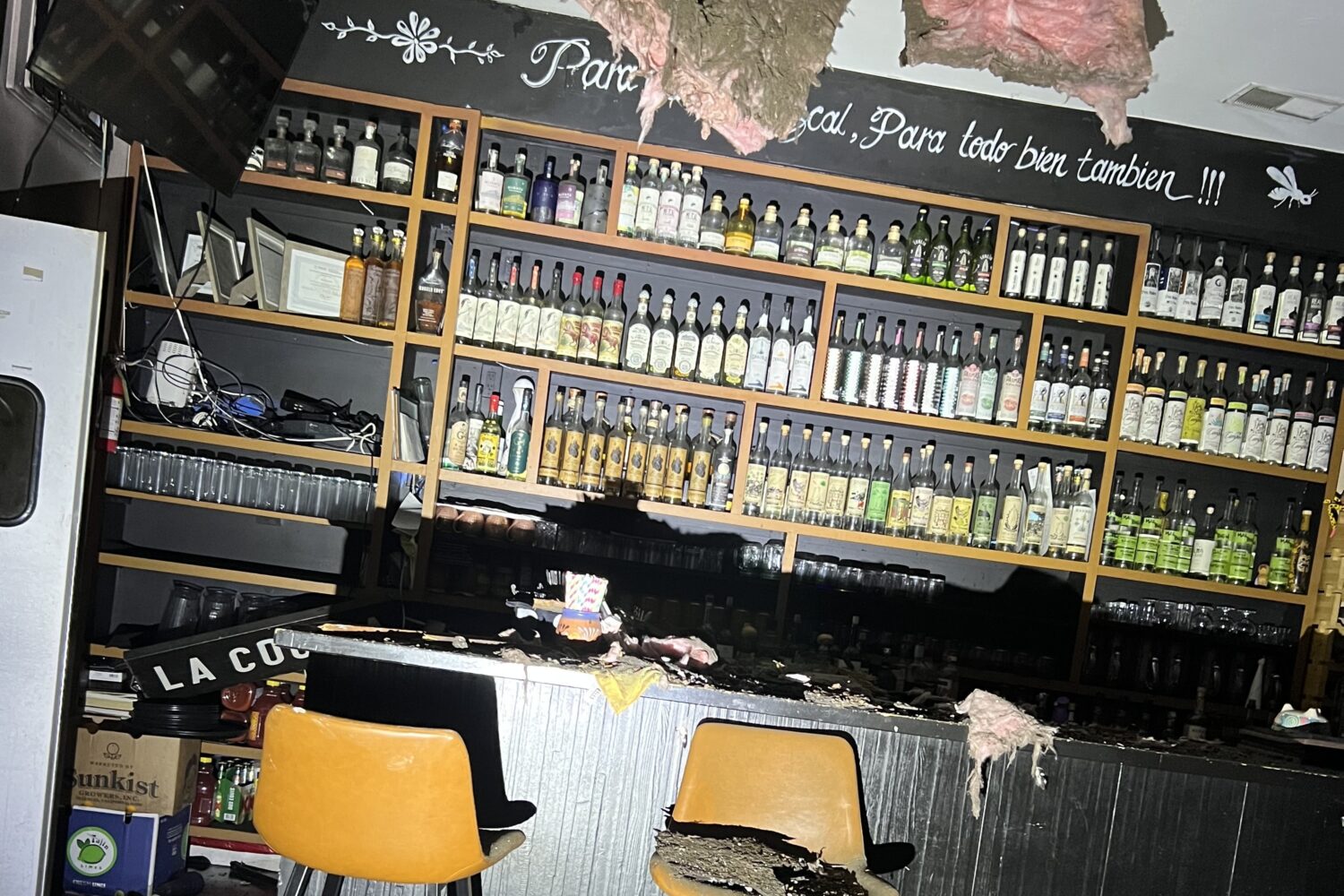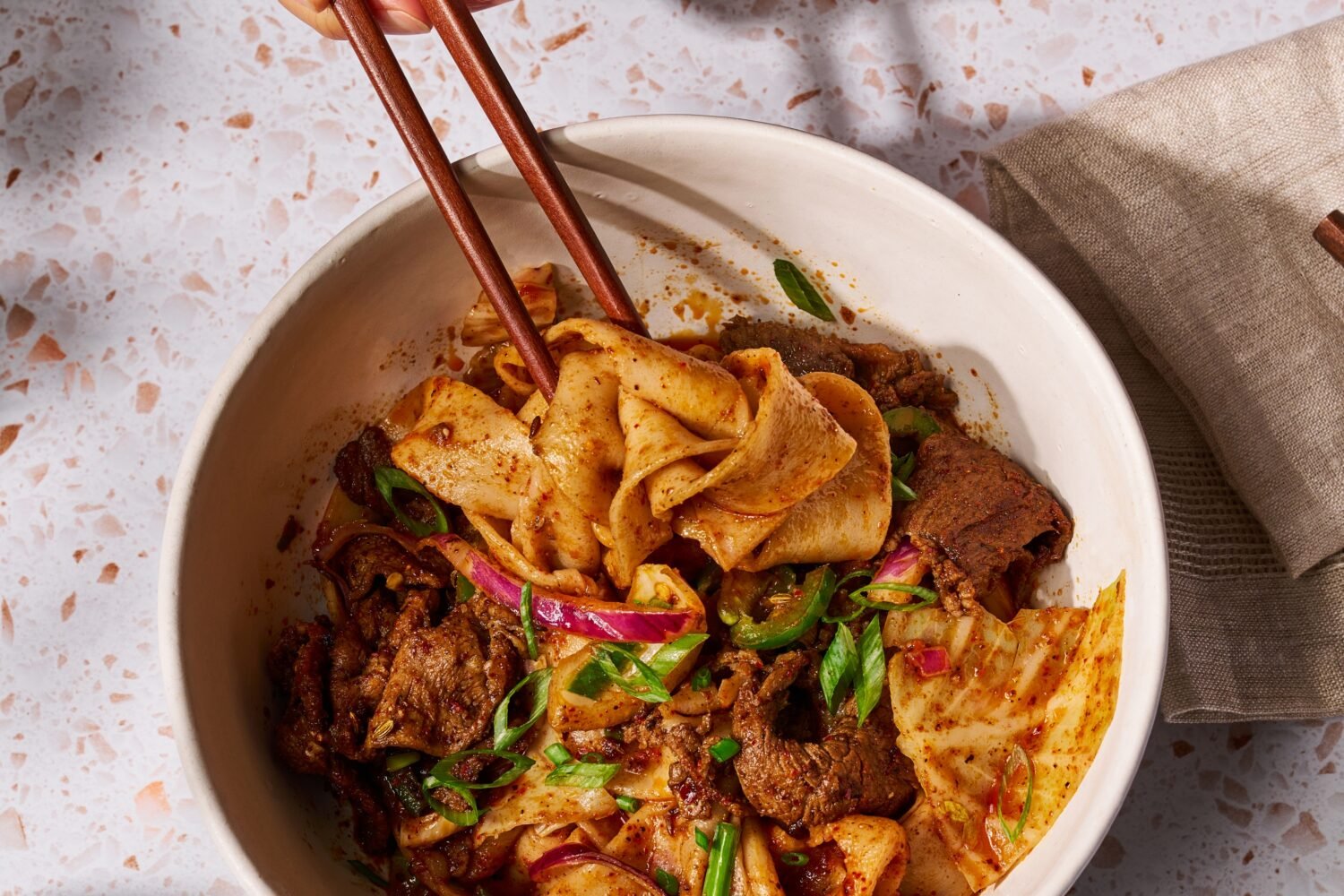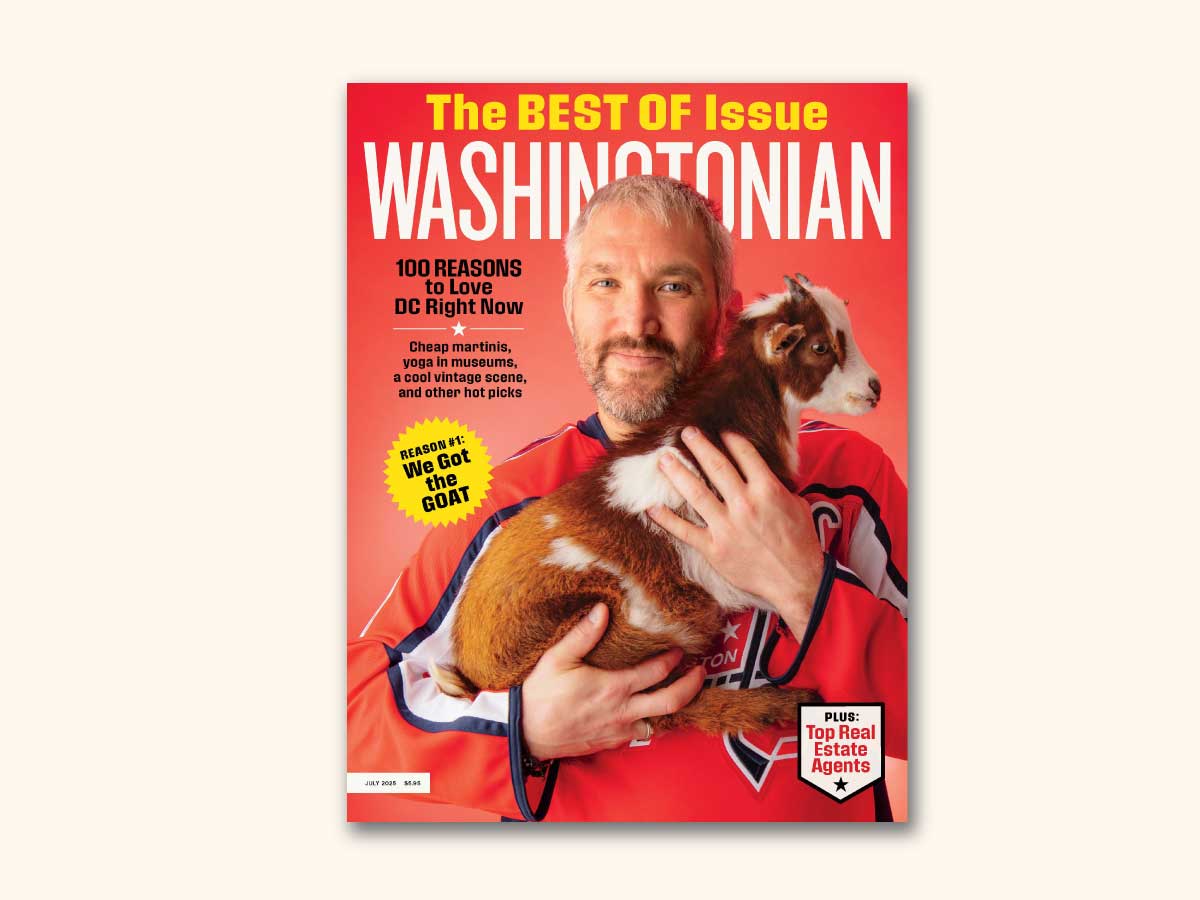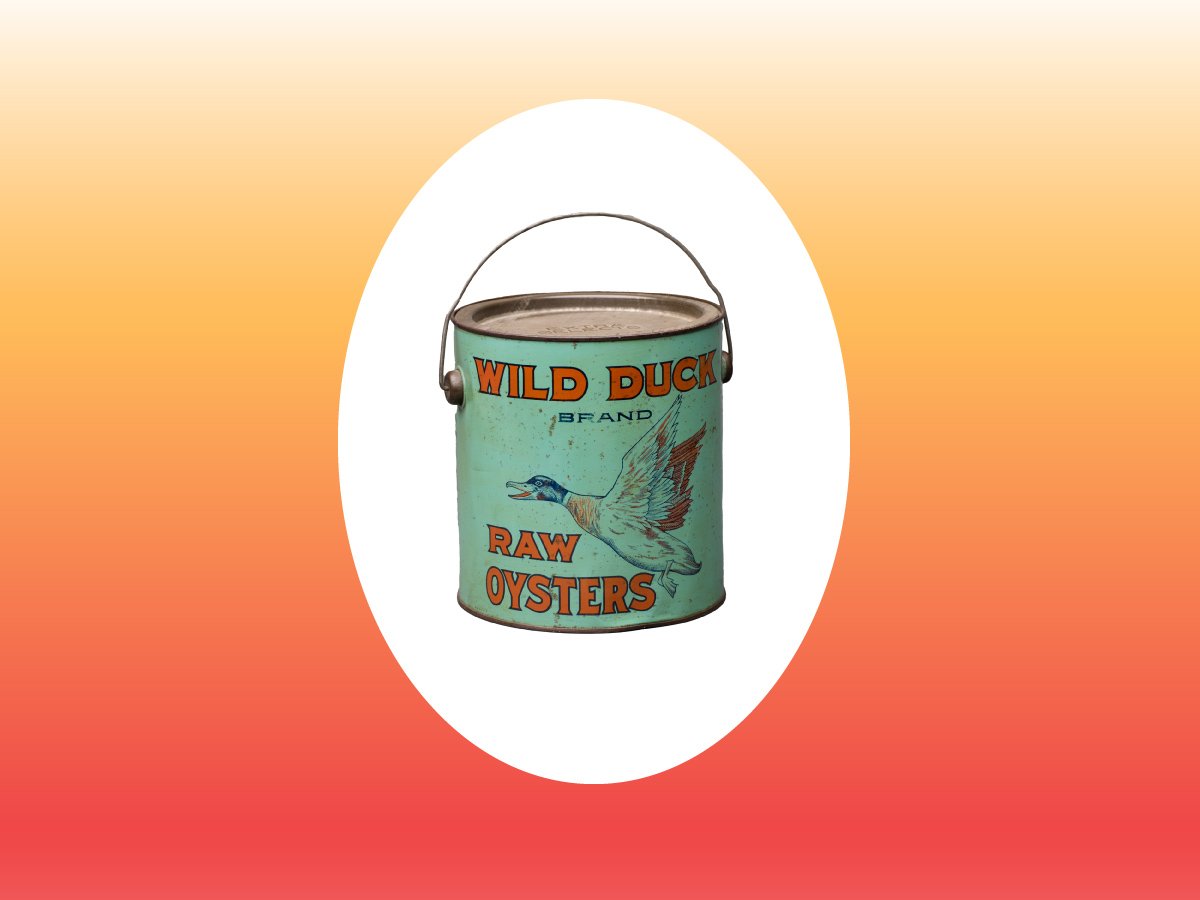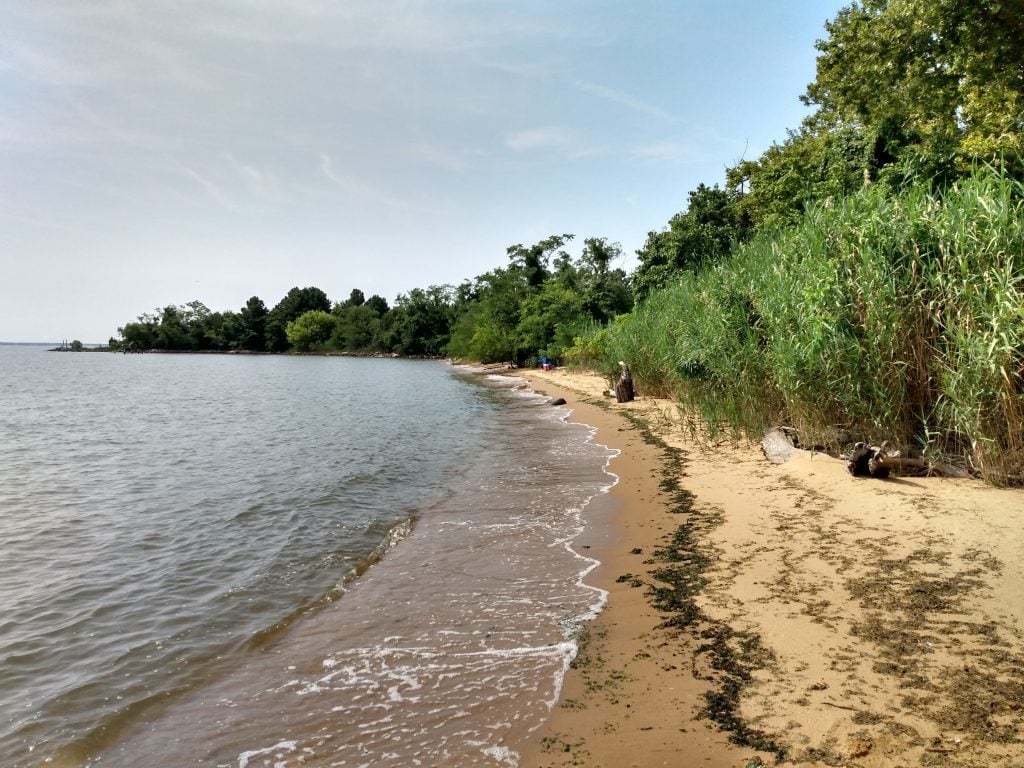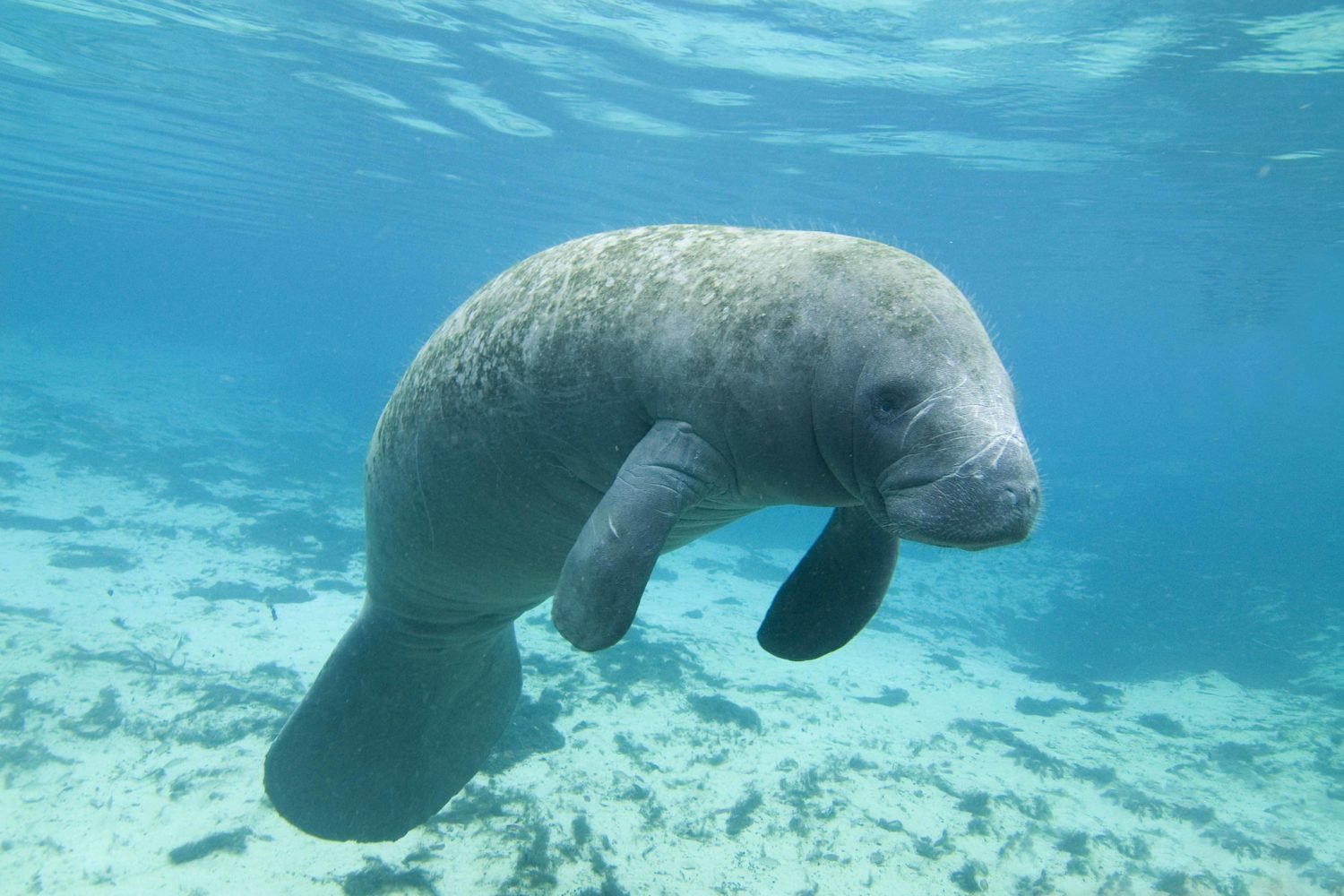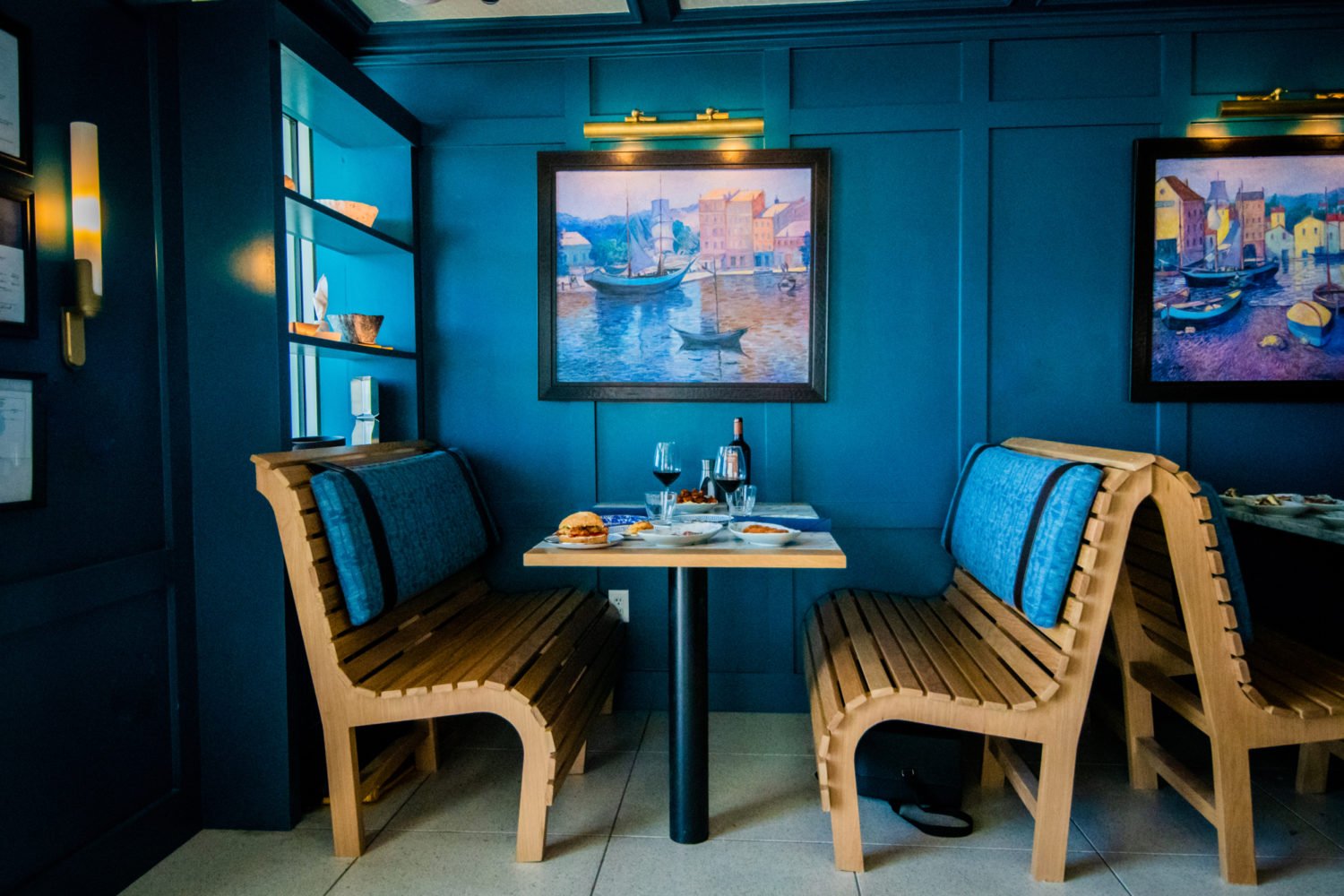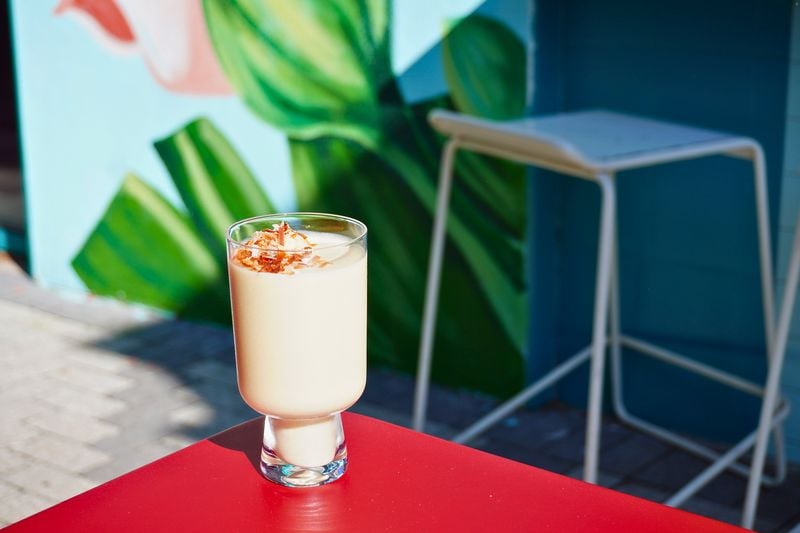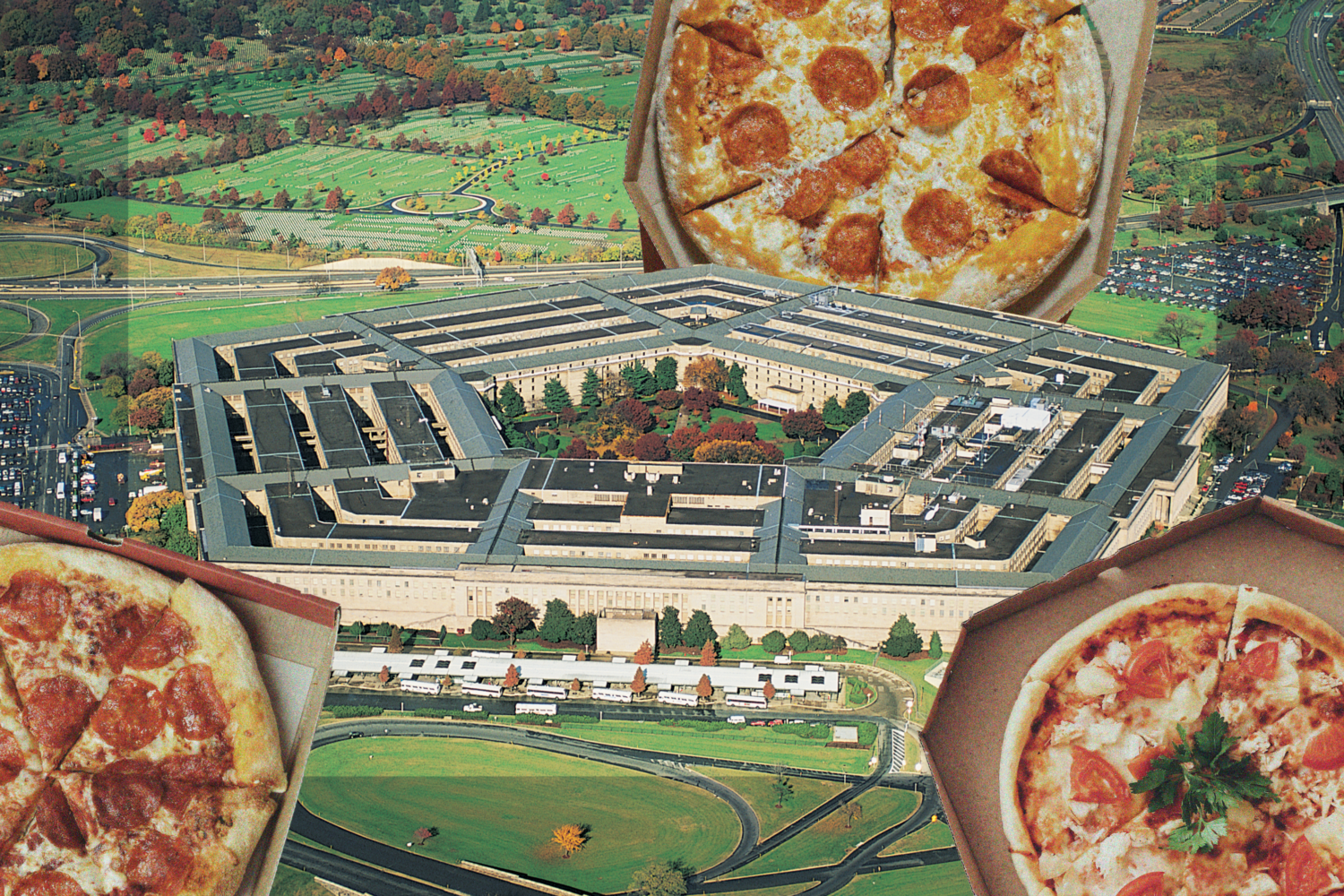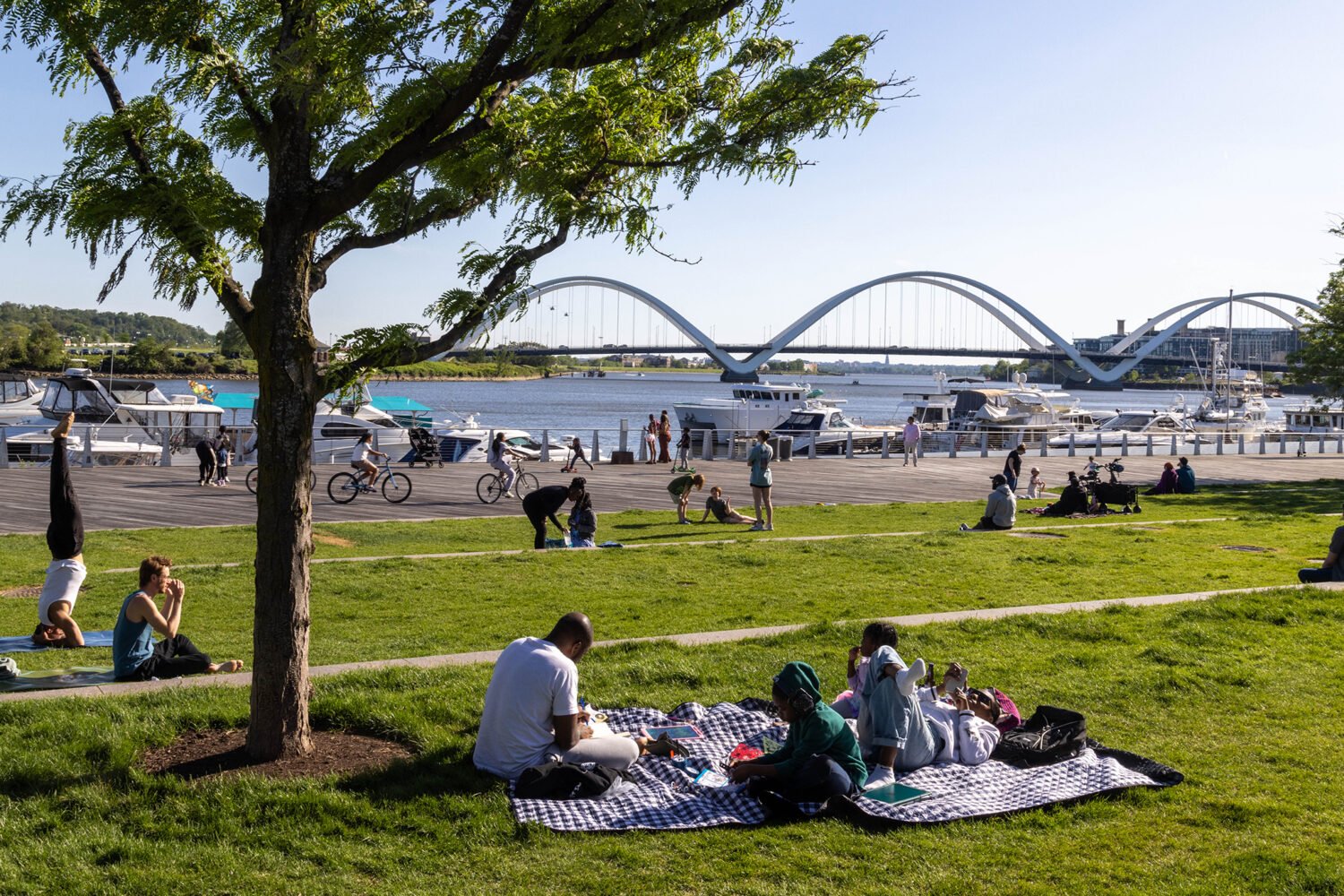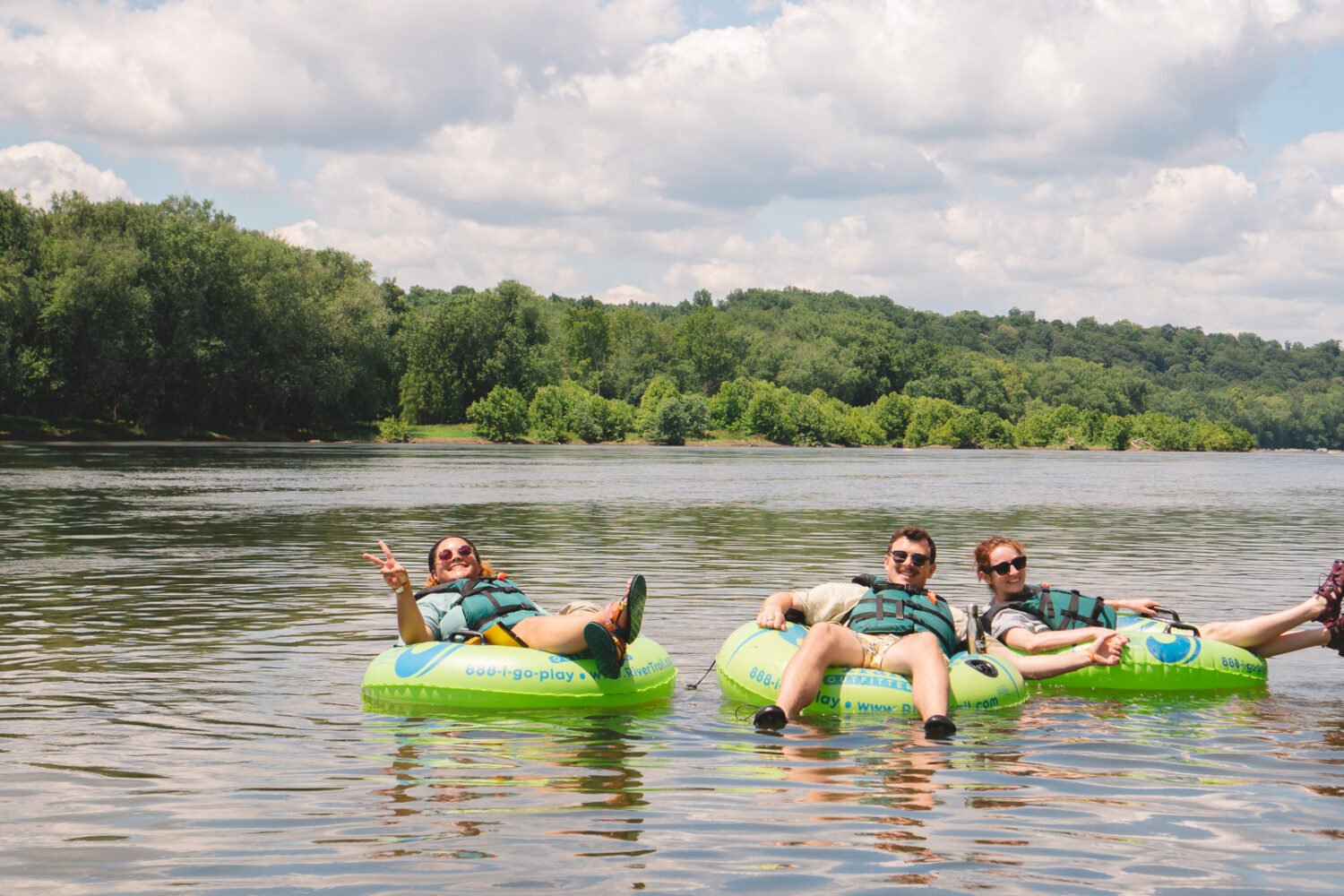Chesapeake fisheries have a long history of boom and bust. Rockfish, crabs, oysters—these are all populations that were once plentiful and commercially successful, then severely depleted due to overfishing and/or environmental factors. All, to some extent, have been restored.
Take oysters: When Travis and Ryan Croxton, the cousins behind Rappahannock Oyster Co., relaunched the family’s Virginia oyster farm in 2001, the harvest of the native Chesapeake bivalve was at a record low—as was culinary interest in it. Area chefs had become more familiar with Northern and West Coast oysters, and there was a perception that the bay was polluted, even as water quality improved.
“It took us knocking on doors and talking to chefs over and over again to introduce the product,” Travis says.
Today, Rappahannock Oyster Co. is one of the largest local purveyors of Chesapeake oysters and clams, with four restaurants between Washington and Richmond—plus upcoming seafood spots at the Wharf and in Los Angeles—and an international roster of clients from Beijing to Colombia. As of now, their estimated harvest is 180,000 oysters per week. Deliciousness aside, the bivalves continue to promote the health of the Bay, with the ability to filter 50 gallons of water per day.
Three years ago, the cousins also started down the path to revive another native species: the Chesapeake Bay scallop. The shellfish were once populous in local waters, but were virtually wiped out by over-harvesting and a severe hurricane in 1933, which destroyed the eel grass in which the dwindling population lived. Today, it’s nearly impossible to find Chesapeake scallops in the wild, apart from small-scale scallop restoration projects conducted by the Virginia Institute of Marine Science (VIMS) and the Maryland Department of Natural Resources.
“The scallops weren’t as resilient as the oysters, which took centuries to deplete,” says Travis. “They never recovered.”
Resiliency remains a problem, even today. The Croxtons launched their scallop aquaculture project near Virginia’s Chincoteague Island last year under the Rappahannock Oyster Co. umbrella, and expected their first commercial harvest this fall—an arrival eagerly anticipated by big-name chefs like José Andrés and Cathal Armstrong, who are eager to put the local delicacy on their menus. The Chesapeake scallops are similarly flavorful to ocean scallops—the sweet, meaty shellfish often served as an entree—but are smaller and much more delicate; they’re sublime shucked on the half-shell like an oyster, or grilled. Sadly for anyone who wants a taste, Travis and Ryan predict their first big haul won’t come until fall of 2017.
“We’re trying everything, it’s so frustrating. We’re still getting five calls a day,” says Travis.
Part of the difficulty is the nature of the scallops themselves. Unlike hearty oysters, which root themselves to a substrate to grow, scallops are what Travis calls “fidgety”—they swim, they cling, they’re picked up by birds, as the Croxtons first discovered when they placed the baby scallops in floating cages to mature, and lost a batch to gulls (the scallops are now safely submerged in oyster cages). They’re also finicky after harvest. While oysters have a shelf life of up to two weeks in temperature-controlled conditions, scallops last around five days at most, and their delicate shells are more susceptible to cracking.
Supply and demand also comes into play. While chefs-in-the-know may be eager for local scallops, the majority of the public has never tasted them, or even heard of them. Instead, diners seem to have an endless appetite for local oysters—a hunger that many companies are happy to satiate instead of tackling another, higher-maintenance shellfish.
“Scallops take up a lot more room than clam and oyster feeds,” explains Ryan. “You have to almost eliminate doing one for the other. Because there’s no commercial demand, they [hatcheries] try to fit it in when they can.”
A lack of scallop seed (i.e., baby scallops) contributed to the Croxton’s failure to release a crop this fall. Since wild Chesapeake scallops aren’t available, the cousins initially took seeds from Northern and Southern bay-scallop varieties that scientists theorize once dwelled in Virginia, and “planted” them in the Bay. The Northern seeds came from the Noank Aquaculture Cooperative in Long Island. The group of hatcheries mainly produces oysters, and wasn’t able to provide enough tiny scallops for the Croxtons this year. The same was true for VIMS in Wachapreague, Virginia, which Travis says only produced enough seed to use in their own environmental field trials. Those scallops that the Croxtons had already cultivated failed to reproduce with enough regularity to provide a commercially-viable crop. To that end, the team has brought on a marine biologist and aquaculture veteran, Ed Rhodes, formerly the vice president of Aquaculture and Sustainability for Phillips Foods in Baltimore.
Though the process is full of trial-and-error, the Croxtons are hopeful they’ll have Chesapeake scallops on tables in Washington by fall of next year.
“There’s still a lot to learn in our waters,” says Ryan.
A version of this article appears in the September issue of Washingtonian.

